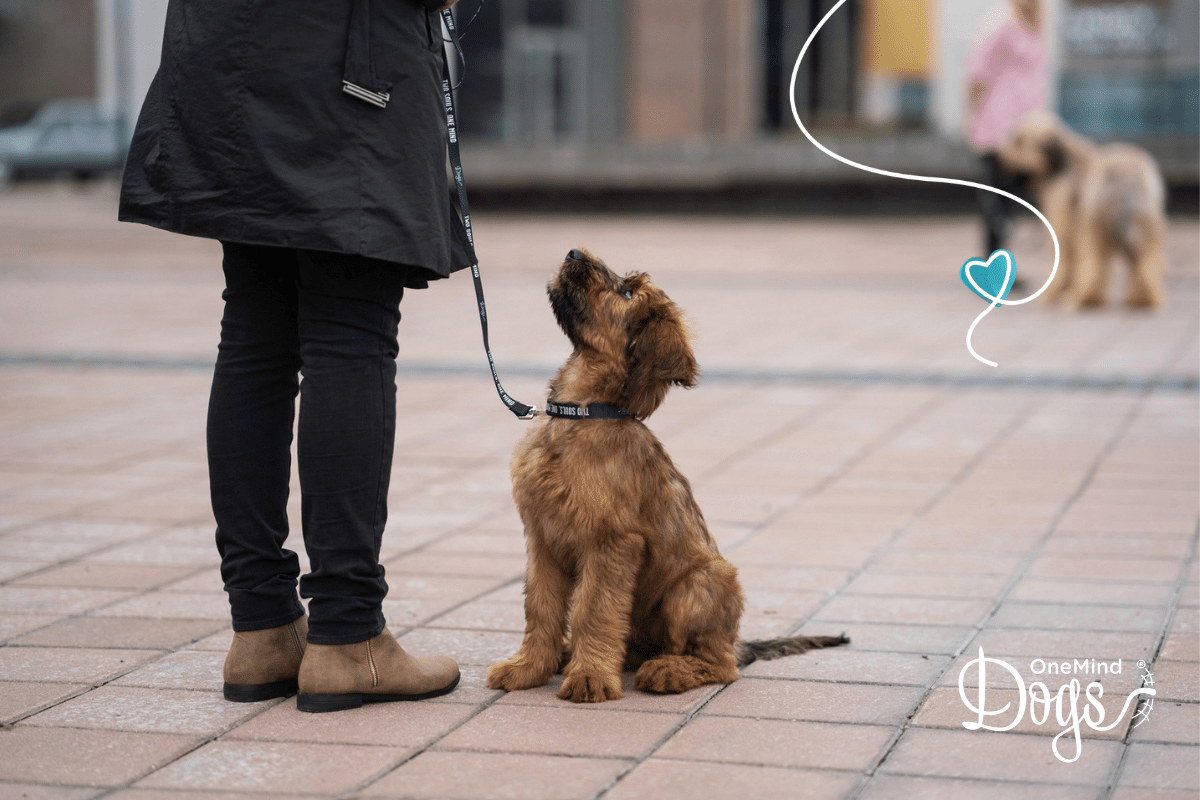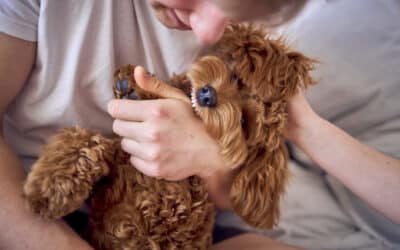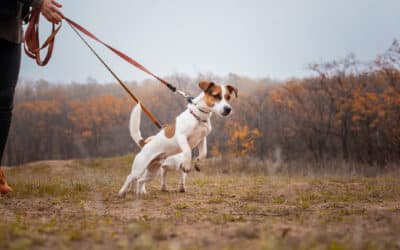From your puppy’s perspective the time to go out is one of the most exciting times of the day, so no wonder they can get a little too excited! There are so many interesting things that your puppy wants to go and see or smell outdoors. To top that, dogs think that we humans work very slowly, so keeping the leash slack can be challenging for them. Find out how to leash train your puppy in a few simple steps.
Having your dog pulling on the leash can have serious consequences, however, when the ground is slippery or if you have a child or an older person walking your dog for example. Dogs don’t automatically know how to walk on a leash, so it’s one of the key skills we humans need to teach them. Below are some key tips on how to leash-train your puppy.
- Make sure that you’re the most interesting thing to your puppy
- Give your puppy the freedom to explore their environment
- Stick to the rules and be consistent
- Reward your puppy if they behave the way you want them to
Learn more in our FREE 30-min webinar 5 Easy Steps to Stop Pulling on the Leash
Be interesting
You need to be more interesting to your puppy than the other things happening around you. A great way to do this is to come up with fun tasks for him during your walk. This way your dog wants to be with you on a walk, and doesn’t just see you as a pain in the butt dragging on the leash and slowing him down.
Freedom
Your puppy should be able to explore and smell things, even a little further away from your side, so use a long enough leash to give him some room to move more freely. Every now and then, ask for your dog to focus on you and praise and reward him as soon as he does. Then give him some time to explore, before asking him for focus again. Repeat several times throughout the walk.
Be consistent
If you sometimes let your dog pull and other times not, it will take a lot longer for him to learn than if you stay consistent. So it’s good to stick to the same set of rules on every walk and your puppy will learn much quicker to follow them. When used correctly, tools such as a halter in combination with praise and rewards for the correct behavior, can help your dog understand the rules more quickly. Especially if they are already older and have a history of pulling on walks.
Reward for the wanted behavior
Dogs don’t really understand the word “no”. They generally don’t associate a correction with the behavior that they did “wrong”. Dogs don’t misbehave on purpose, they simply don’t understand what we DO want them to do. Instead of telling your puppy not to pull, show him what you’d like him to do instead, and then reward him for the behavior you’d like him to do more in the future. Like with everything else, positive reinforcement is the key also in leash-training!
Set your puppy up for success by starting with small walks in a closed-off area with minimal distractions, such as your yard or lounge room. Gradually increase the size and the distraction level as your puppy succeeds with the training.
Online Puppy Training for all puppies!
With OneMind Dogs you will train your puppy by understanding your dog’s point of view. Instead of forcing human interactions on a dog, you will discover how dogs think and you’ll learn to create a mutual understanding with your puppy: a bond so strong it feels like you have one mind.
Learn more about the dog’s perspective and take easy, 10-minute online lessons based on the dog’s perspective with OneMind Dogs Puppy Training program.




